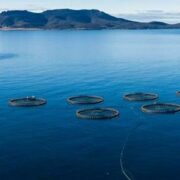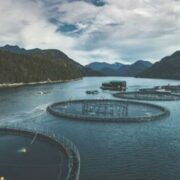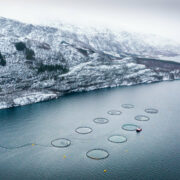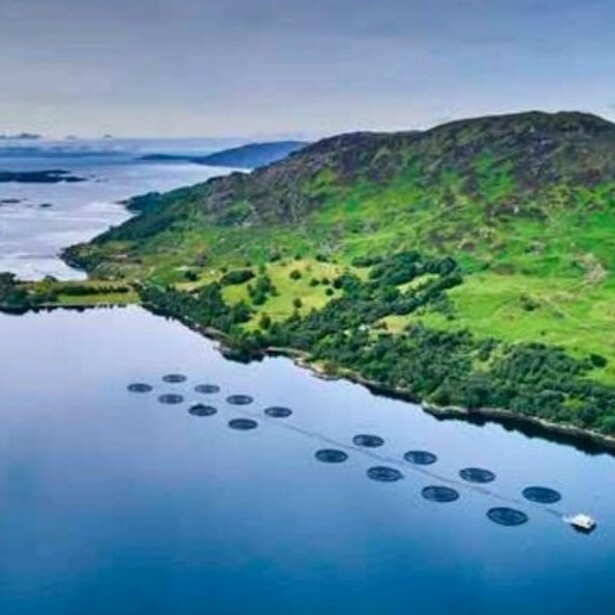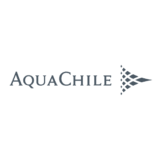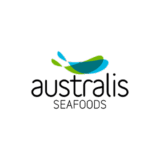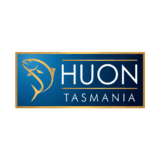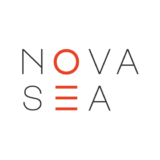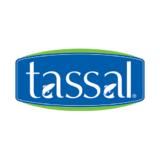- Home
- Our Purpose
- Our People
- Our Priorities
- Our Progress
- About Salmon Farming
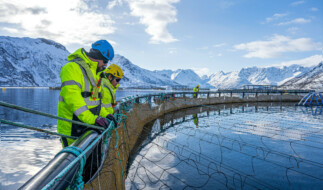
Our Purpose
Global Salmon Initiative (GSI) is a collaborative leadership effort led by the CEOs of global farmed salmon companies. GSI was founded to catalyze advancements in responsible salmon farming at speed and scale through collaboration, innovation, and transparency.
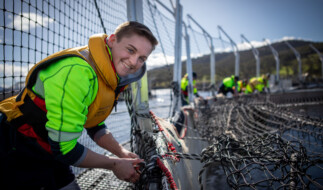
Our People
Together, with our members and associate members, we are committed to driving advancements to improve salmon farming and support healthier, more sustainable diets and food systems today, and for generations to come.
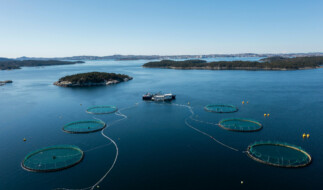
Our Priorities
Through global collaboration, pooling of resources, and sharing of knowledge and expertise, GSI aims to make significant improvements across the industry in terms of social responsibility, environmental impact, and social contributions at speed and at scale.
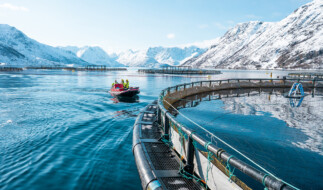
Our Progress
Through collaboration, transparency, and innovation we strive to catalyze and implement measurable improvements in the sustainability of our member company operations. Follow our progress here.
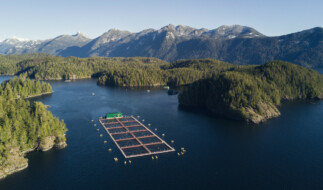
About Salmon Farming
The Food and Agriculture Organization (FAO) of the United Nations (UN) predicts that the world’s population will reach 9.8 billion by 2050, and the demand for food is set to increase by 50%, and demand for animal-based foods by nearly 70%.
